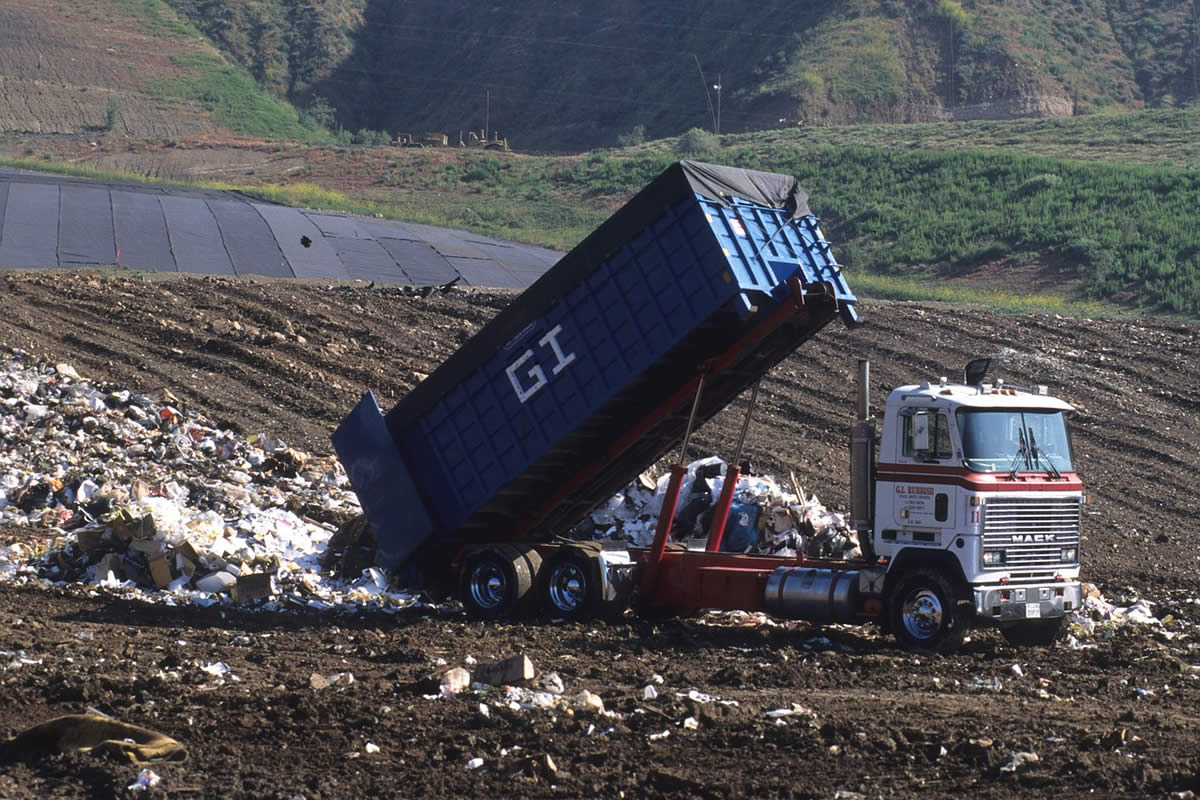


Waste is taken to facilities where the waste is permanently contained which can prevent the release of pollutants into the environment. When disposing of solid waste, it often is placed on land in a landfill. Liquid waste is disposed of in injection wells that bury the refuse deep under ground. These wells are closely monitored to prevent leakage of harmful pollutants into the drinking water.
America alone generates nearly 208 million tons of solid waste per year and it is only expected to increase. Each person actually generates about 4.3 pounds of waste per day. Even though we have developed many different ways to dispose of refuse, there is still no absolutely safe way to remove and store trash.
Among other classifications that there are, the federal government classifies waste into 3 categories; non-hazardous, hazardous, and Special wastes. Non-hazardous waste does not pose any immediate threat to health or the environment. This category includes household refuse. Hazardous wastes can either be ignitable/reactive or leachable. This means that hazardous waste is either flammable or has the potential to leach toxic chemicals. Special wastes have very specific guidelines to regulate it. Examples of Special Waste would be radioactive waste and medical waste.
There are a variety of ways that we dispose of trash and waste. Among these are landfills, incinerators recycling.
Landfill use is the most common and can account for more than 90% of the countries municipal waste. However, landfills have been proven to contaminate drinking water in some regions. Landfills are the most cost-effective way of disposing; collection and transport represents 75% of the total cost involved. In modern landfills, the garbage is spread thin in compacted layers and then is covered by fresh earth. Landfills minimize pollution by lining the hole, contouring the fill, compacting and planting the top cover layer, diverting drainage, and by choosing sites that are not often affected by flooding or high groundwater levels. Clay is the best type of soil for a landfill because it is less permeable than other types of soil. Some materials that are disposed of in landfills can be solidified into solid materials like cement, fly ash, asphalt, or organic polymers.
Organic materials that contain little or no heavy metals can be detoxified biologically. This is often done by composting and land farming; where waste materials are spread over a large area of land so that microbes can easily work to decompose them. However, hazardous wastes must be detoxified before they leach into the groundwater causing water contamination.
Recycling solid waste is not a new idea. In prehistoric times, metal tools were often melted down and recast. These days, recyclable materials are transported by roll off containers in Orlando to their recycling sites, removed from municipal waste by shredding, magnetic separation of metals, screening, and washing. Composting involves the preparing of waste and breaking down the organic matter using aerobic microorganisms. This has lead to many municipalities and garbage collection agencies to require their customers to separate recyclable items from other types of household waste. Most of these activities are carried out effcetively by roll off container rental.
For roll off container rental in Orlando to dispose waste from your neighborhood, call us today for a free consultation and quote.